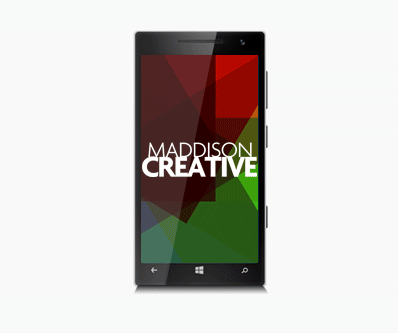UX that will excite your users and customers
Graphic Design for the web
Often, graphic design is used as another term for 'print design' ie. design for printed communications; leaflets, posters, brochures, logo design, magazine layouts and advertising. However, in 2017 there is so much crossover between website design (digital design or even 'graphic design for the web') and graphic design, it's very difficult to tell where one ends and another begins. Often the same designer will be responsible for online and offline creative, blurring the lines even more. Generally though, a designer will specialise in one discipline (either web or print) but will need to be able to be comfortable with the other in order to succeed in design.
What technologies do you use to design websites?
For functionality, we use php, an open-source, commonly used scripting language that is particularly well suited to web development and that can be inserted into HTML. For Content Managed Websites we use Wordpress, an open source, online website creation tool built in php. We use HTML5, CSS3 and Javascript to develop front-end website interaction, functionality and animation. We use SQL and MYSQL wherever we need a database, and from a design perspective we use the Adobe Creative suite to create for the web.
With the increasing popularity of mobile devices, what are responsive websites and how is web design affected?
Two out of every three minutes spent online in the UK are users browsing on either a smartphone or a tablet. 13% of adults in the UK browse the internet exclusively using their smartphone, 2% more than browse exclusively on their desktop computer.
In the last two years tablet internet use grew by almost a third, and in the same two year period smartphone use grew by 78%, while desktop internet use has decreased.
The way people use smartphones to access the internet has revolutionized the way websites are built. Long gone are the days that companies were happy to have customers browse their full, desktop version of their site on their smartphone, causing users to zoom in and out of areas of the page that interested them, struggling to click on the tiny text links to navigate. If you're building a website for the modern internet user, the likelihood is that if they don't view your site exclusively on their mobile device, they'll at least check you out via their iPhone or Android phone before sitting down later at their computer to have a more in-depth look.
This is why most clients want a 'mobile-first' approach to their website, whereby you ensure that everything looks and behaves beautifully on a mobile device before considering a desktop version, and if something has to compromise, it certainly won't be the mobile site.
A 'responsive' website is one that adapts to the device it's being viewed on, whether that is a desktop computer, a mobile phone or a tablet. The content is then displayed in a way that is optimized for said device, improving user experience.
More answers to web design questions...
Where to next?
Web Design | Online Advertising | Interactive Design | Email Design | Graphic Design | Video & Animation | Brand & Creative | Training | Design Consultancy

